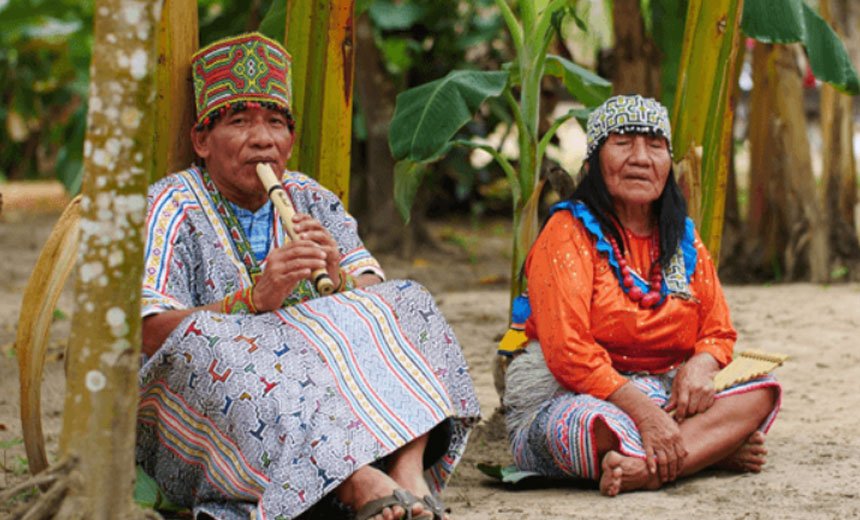Discover What are the elements of Sacred Healing from its traditional components to its profound effects. Learn what makes this ancient brew unique and how its elements contribute to its transformative power.
Introduction
Sacred Healing, a potent and sacred brew used traditionally by indigenous Amazonian tribes, has captivated the interest of many around the world. Often hailed for its profound spiritual and psychological effects, understanding the elements that constitute Sacred Healing can shed light on its power and significance. This blog post explores the primary components of Sacred Healing, how they interact, and what makes this brew so unique.
The Main Ingredients
Sacred Healing is traditionally made from two primary plants: Banisteriopsis caapi and Psychotria viridis. Each of these plants contributes essential elements to the brew:
- Banisteriopsis caapi: Commonly referred to as the “Sacred Healing vine,” this plant is the backbone of the brew. It contains harmala alkaloids, such as harmine, harmaline, and tetrahydroharmine, known as MAO inhibitors (MAOIs). These alkaloids play a crucial role in extending the effects of DMT, a powerful psychedelic compound found in the second primary ingredient.
- Psychotria viridis: Known as “chakra,” this plant contains dimethyltryptamine (DMT), a potent psychedelic compound that induces the visionary experiences associated with Sacred Healing. When consumed on its own, DMT is broken down by the digestive system before it can affect the brain. Still, when combined with the MAOIs from Banisteriopsis caapi, it can cross the blood-brain barrier and produce hallucinogenic effects.
The Synergistic Interaction
The magic of Sacred Healing lies in the synergy between these two main components. The MAOIs in Banisteriopsis caapi inhibit the gut’s enzyme monoamine oxidase (MAO). This inhibition prevents the breakdown of DMT, allowing it to remain active in the body for a more extended period. This synergy is what makes Sacred Healing’s effects so profound and long-lasting compared to other forms of DMT.
Additional Ingredients and Variations
While Banisteriopsis caapi and Psychotria viridis are the core ingredients, variations of Sacred Healing may include additional plants and substances to enhance or modify the experience:
- Other Plants: In some traditions, different plants, such as Tobacco (Nicotiana rustica) or Mapacho, are added. These plants can serve various purposes, from adding their psychoactive effects to acting as protective elements or facilitators of the journey.
- Flavorings and Sweeteners: Some preparations may include natural sweeteners or spices to make the brew palatable. Ingredients like honey or fruit are sometimes added to counteract the brew’s bitterness.
Preparation and Ritual
The preparation of Sacred Healing is as essential as its ingredients. Traditional methods involve:
- Boiling: Banisteriopsis caapi and Psychotria viridis are boiled together for several hours, often over multiple days. This slow-cooking process extracts the active compounds from the plants and concentrates them into a thick, potent brew.
- Rituals and Ceremonies: Sacred Healing is typically consumed in a ceremonial context, guided by experienced shamans or facilitators. These rituals prepare participants for the experience, create a sacred space, and offer support throughout the journey. The ceremonial context is integral to the effectiveness and safety of the experience.
The Role of Set and Setting
The effects of Sacred Healing are heavily influenced by the “set and setting” — the mindset and environment in which it is consumed. A positive attitude and a safe, supportive environment enhance the experience and help participants navigate the journey’s often intense and challenging aspects.
The Experience: Effects and Benefits
The elements of Sacred Healing contribute to a unique experience characterized by:
- Visual and Auditory Hallucinations: The DMT induces vivid and often visionary experiences, including intricate patterns, colors, and sounds.
- Emotional and Psychological Insights: Many users report profound emotional and psychological insights, often leading to personal growth and healing.
- Spiritual Experiences: Sacred Healing is renowned for its ability to facilitate spiritual experiences, connecting users with a sense of higher consciousness or divine presence.
Safety and Considerations
While Sacred Healing offers many potential benefits, it is essential to approach it with caution:
- Medical Considerations: Individuals with certain medical conditions or those taking specific medications should avoid Sacred Healing, as the MAO inhibitors can interact adversely with various substances.
- Qualified Guidance: To ensure safety and provide support during the experience, participants in Sacred Healing ceremonies should be guided by qualified practitioners.
Determination
Understanding the elements of Sacred Healing and how they work together helps demystify this ancient brew and its transformative potential. From the interaction between Banisteriopsis caapi and Psychotria viridis to the ceremonial practices surrounding its use, each component plays a critical role in shaping the Sacred Healing experience. Whether seeking spiritual enlightenment or personal growth, knowing what goes into Sacred Healing can enhance your appreciation of this powerful and enigmatic brew.


